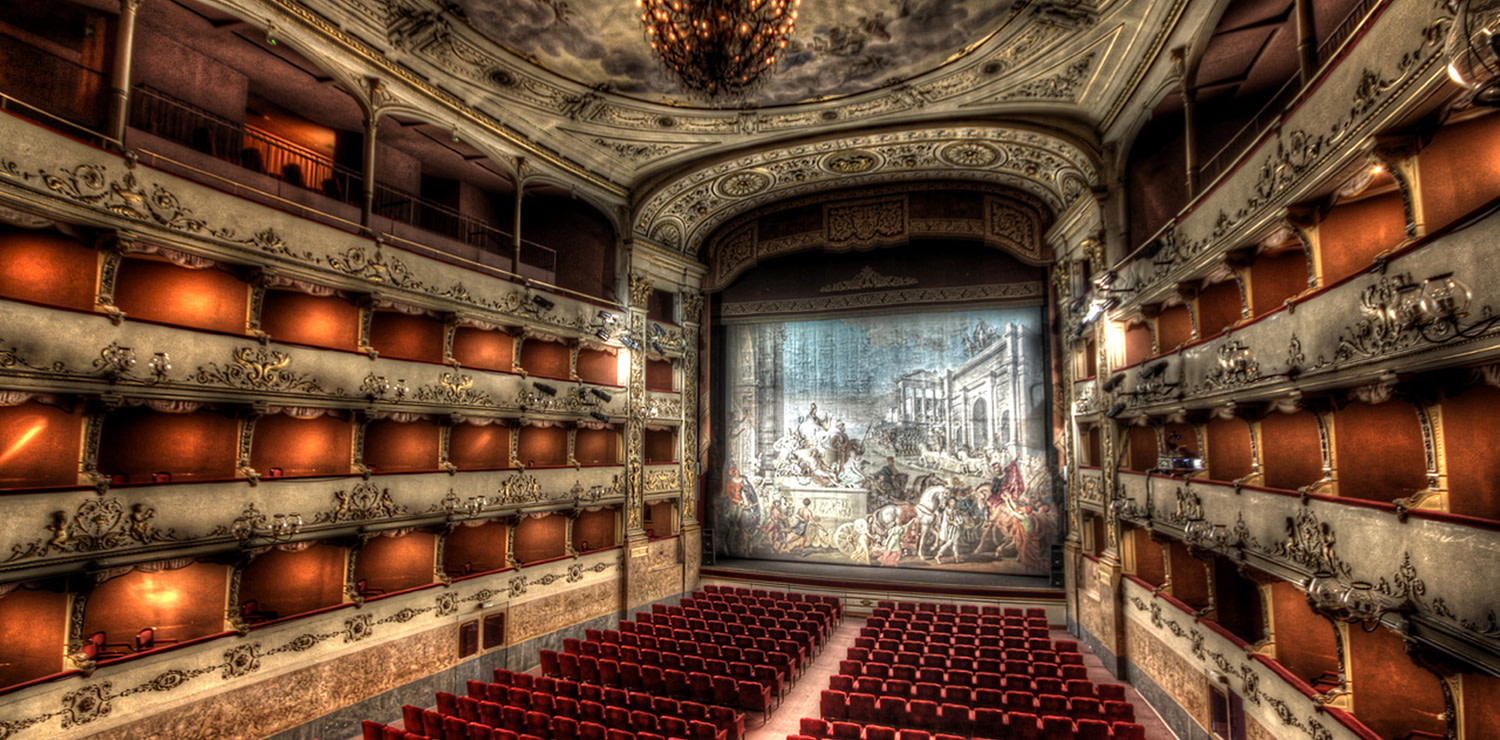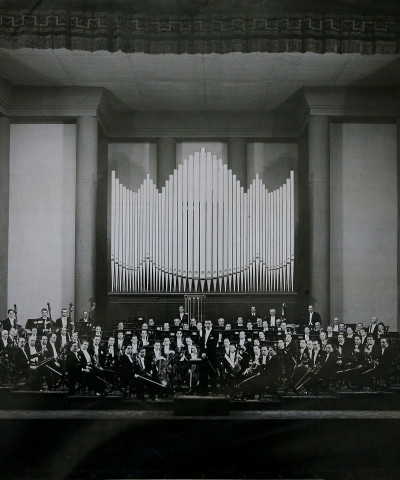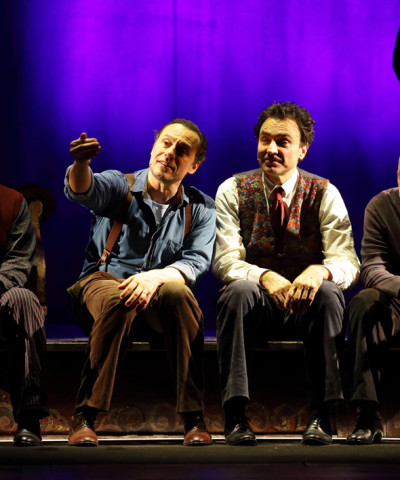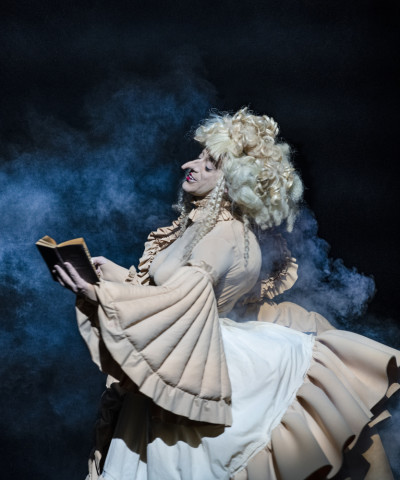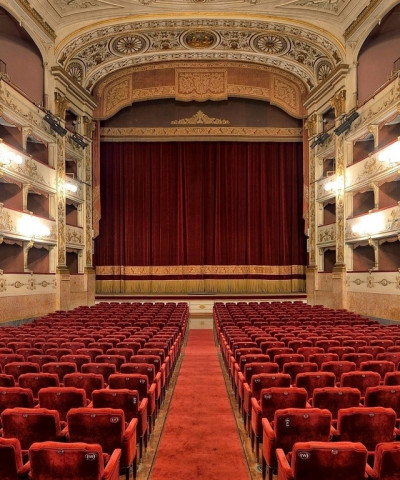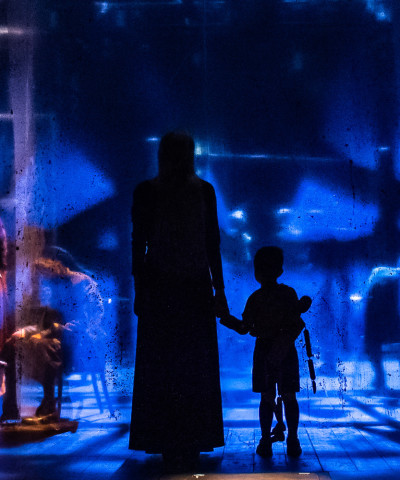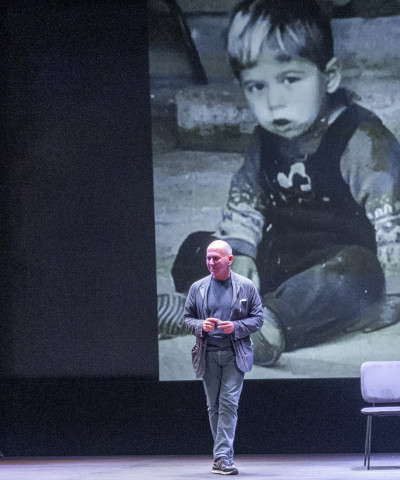The Pergola Theatre
History, legends and secrets: from Mozart to Antonio Meucci's telephone, from ghosts to the Museum
A theatre like no other there had ever been before: this is what the Academicians Immobili wanted to do, a group of nobles dedicated to cultivating the arts and sponsored Cardinal Giovan Carlo de' Medici, brother of the Grand Duke, when they took over the area where there was a disused wool art shooting gallery.
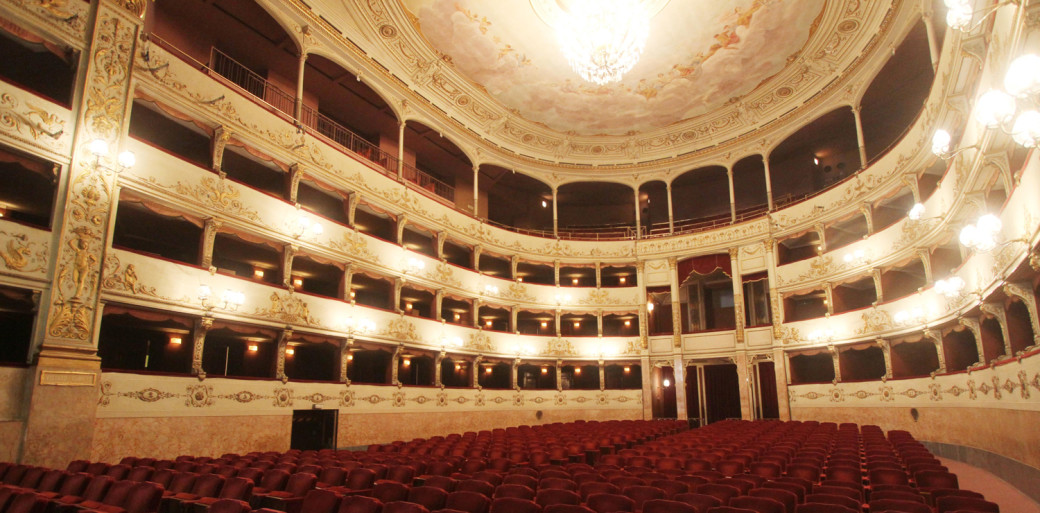 The Teatro della Pergola is the historical theatre of Florence, and one of the oldest and richest in history in all of Italy
The Teatro della Pergola is the historical theatre of Florence, and one of the oldest and richest in history in all of ItalyThe first ‘all’italiana’ theatre
Based on a project by Ferdinando Tacca, a unique hall was created, opened in 1657, in which the boxes were placed for the first time, a peculiar feature of the Italian style theatre that was born with the Pergola: small separate spaces that allowed each family to admire the show from a privileged position. The opera house is in fact the first to be built with superposed tiers of boxes rather than raked semi-circular seating in the Roman fashion, is considered to be the oldest in Italy. The event that officially inaugurated the Theatre was on the occasion of the marriage between Cosimo III de' Medici and Margherita Luisa Princess of Orleans. A great show cost the Accademia degli Immobili the sum of 122,500 lire, the Hercules in Thebes (text by Moniglia and music by Jacopo Melani) was staged on 8 July 1661.
Initially reserved for the court, the theatre was opened from 1718 to the paying public. It already represented the works of great composers such as Antonio Vivaldi. It soon became a "City of the Theatre" that brought together all the trades and skills of the stage art.
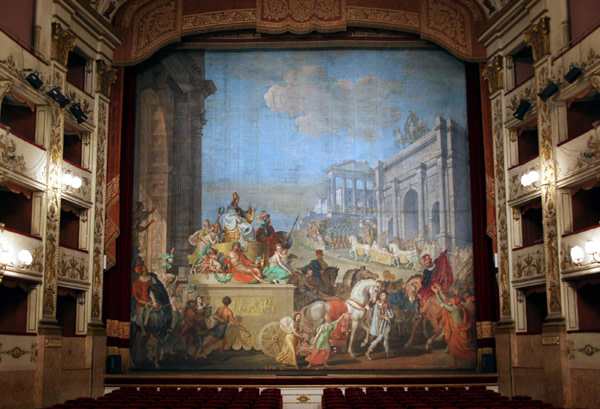 The spaces dedicated to theatrical activity are the Sala Grande, composed of the stalls, three tiers of boxes, gallery and dressing rooms and the Ridotto called "Saloncino".
The spaces dedicated to theatrical activity are the Sala Grande, composed of the stalls, three tiers of boxes, gallery and dressing rooms and the Ridotto called "Saloncino".The Eighteenth Century
Here performed the famous sopranist Carlo Boschi known as Farinelli was the most famous of the castrati of the eighteenth century, in the summer of 1728 in Arianna e Teseo by Niccolò Antonio Porpora, playing Alceste. After the appearances of Hasse, Haendel, Paisiello, Cimarosa and Gluck (a friend of Pietro Leopoldo dedicated Alceste to him, which was staged at the Pergola during the Carnival of 1786), in 1788 the national premiere of Mozart's Marriage of Figaro was performed, but it seems that Pietro Leopoldo was quite distracted by not encouraging his friend Wolfgang to further city commitments.
The Nineteenth Century and the ancestor of Meucci's phone
In 1801 the Saloncino opened on the first floor, a large room with stuccoes dedicated to music and dance, still today the second room of the theatre: it is the prelude to one of the most fertile periods in the history of the Pergola, the one marked between 1823 and 1855 by the management of the impresario Alessandro Lanari who brought the most important composers to Florence, starting with Bellini; Giuseppe Verdi made his Macbeth debut in 1847. In 1826 Martellini painted the historical curtain depicting Petrarch's coronation in the Campidoglio, which is still used in gala occasions; the machinist Canovetti built the fascinating machine for lifting the stalls, used in dance parties to create a unique floor with the stage; and a young stage apprentice, Antonio Meucci, experimented with a system of voice communication between the grille and the surface of the stage: he is the ancestor of the telephone, which Meucci will then ingeniously but unlucky perfect once he emigrates to the United States. The theatre is illuminated by gas lights, and Florence is the capital of Italy.
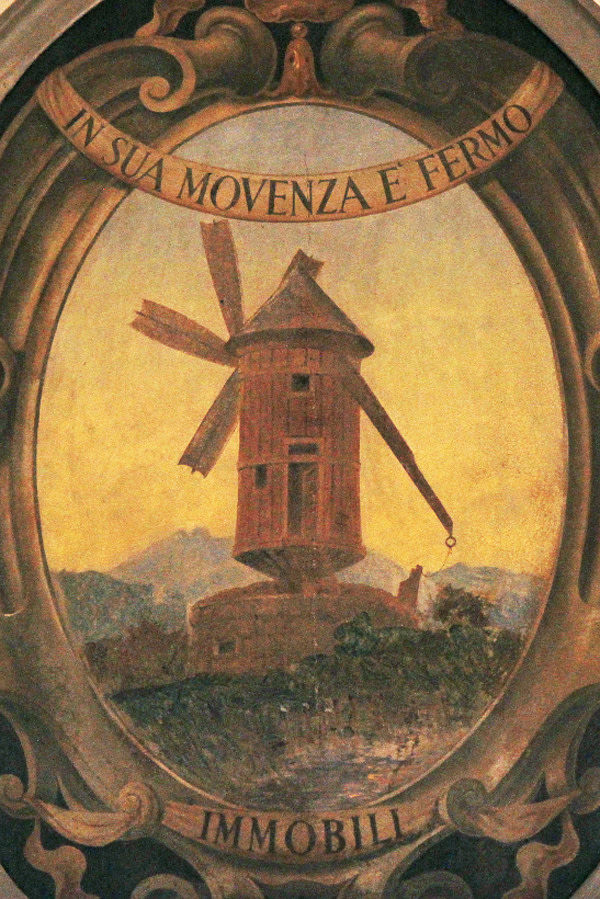 In its motion is still, a title that echoes the motto of the Academicians Real Estate founders of the theater, is a fascinating journey into the heart of the theatrical machine
In its motion is still, a title that echoes the motto of the Academicians Real Estate founders of the theater, is a fascinating journey into the heart of the theatrical machineA new course
When the electric light arrives in 1898, it will cast its rays on a theatre no longer so bright. The melodrama, emigrated to the greatest Politeama and Pagliano, was replaced by prose; the management of the buildings was taken over by a private company that from 1913 to 1929 was responsible for the programming of the hall. In this period the gallery replaced the gallery. In 1925 the State declared the Pergola a national monument. The war broke out, and the properties decided to sell the property to the State, which annexed it to the newborn Ente Teatrale Italiano. The stage continues to host the prose, not disdaining the magazine and the light show. Under the direction of Alfonso Spadoni from the Sixties of Nocevento, the Pergola finds a new life and becomes the temple of great prose. The Pergola was born today, a place that like few others manages to combine history, tradition and innovation in the name of the Theatre.
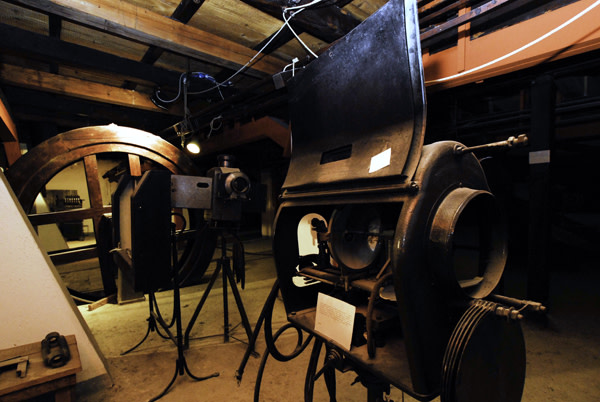 Strolling through the corridors of the theater is like reading a book sprinkled with immortal names
Strolling through the corridors of the theater is like reading a book sprinkled with immortal namesThe Pergola Museum
The "City of the Theatre", the system of spaces that especially in the nineteenth century was a place of work and residence for the workers of the Pergola engaged in the realization of opera, fell progressively into disuse due to the bursting of prose theatre as the main genre. A series of fascinating spaces remained empty, such as the covered road linking Via della Pergola and Borgo Pinti, the well, the machinists' dressing rooms, the extras' rooms and the apartments. It was Alfonso Spadoni's first idea for a Theatre Museum, which took concrete form in the collection of a series of historical objects in the room where the stalls lifting machine is housed. Since 2006 this idea became a concrete project, thanks to the visit-show In sua movenza è fermo, which still today takes the public around the theatre with the guidance of actors who tell its history. Today the Pergola Museum is an itinerary through the spaces of the "City of Theatre": It goes along the Vicolo della Carrozze, the passage where the workshops that produced and sold accessories and services for the theatre overlooked, reaches the well dug in 1840, enters the rooms that house the old sound effects machines and lighting devices and then goes on stage, where Antonio Meucci left his acoustic telephone and Eleonora Duse the legendary Primo Camerino, to go down to the Sala della Macchina, to see the imposing and unique lifting device and the original stool from which Giuseppe Verdi directed the rehearsals of Macbeth. An itinerary that tells the story of the Pergola and the arts of the stage.
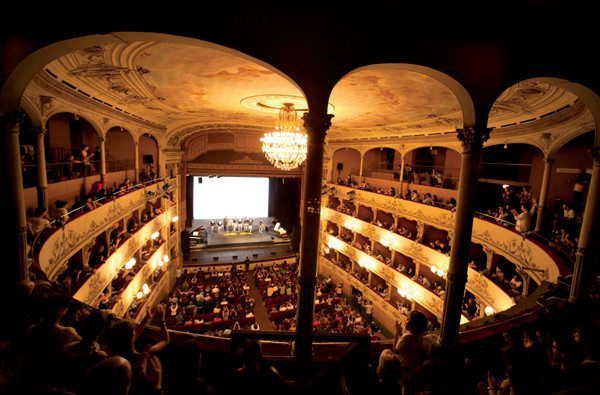 In its three hundred and fifty years of history, the Pergola has collected the echo of many voices
In its three hundred and fifty years of history, the Pergola has collected the echo of many voicesGhosts and mysteries
Is there a theater without ghosts? The answer is, of course, no: the Pergola is no exception to this rule, populated as it is by small legends that come alive especially at night, or when the theater is empty. It happens then to hear graceful dance steps, muliebrous laughter and loving conversation: they are the Prima Ballerina and the Choreographer (the real names are covered with demure pity), who found a sad end on the decline of the eighteenth century in one of the dressing rooms of the Ballrooms. While they were engaged in love affairs, the carbon monoxide of a stove killed them. And the light that on late summer afternoons illuminates a third order stage while the theatre is completely dark? That is the spirit of Casimiro degli Albizzi, Patrizio di Firenze, Provveditore dell'Accademia degli Immobili for ten years since 1728. At an advanced age, he proved to be an inventive, bizarre but competent theatrical organizer, as well as a lover of beautiful singing virtuosas, in maintaining which he was a master. He had no hesitation in challenging men much younger than himself victoriously over skirts. He died indebted but happy, and for this reason he returned in the summer to visit the Theatre, in search of his stage. Timeless stories, which the Pergola tells with pleasure to its visitors.






